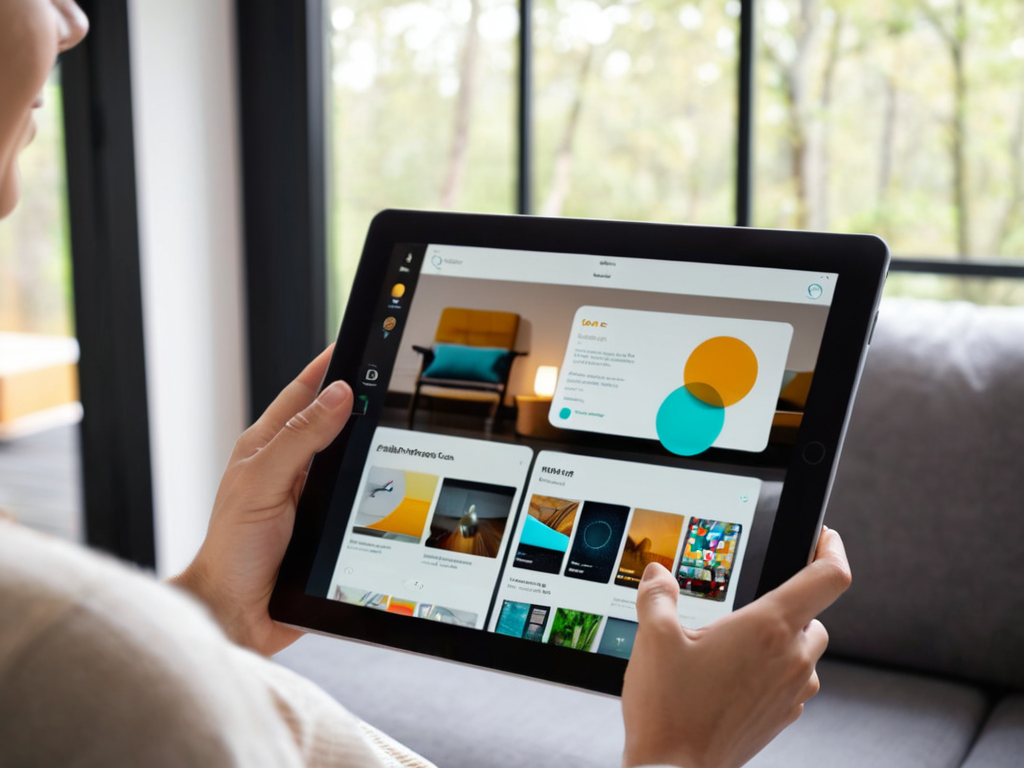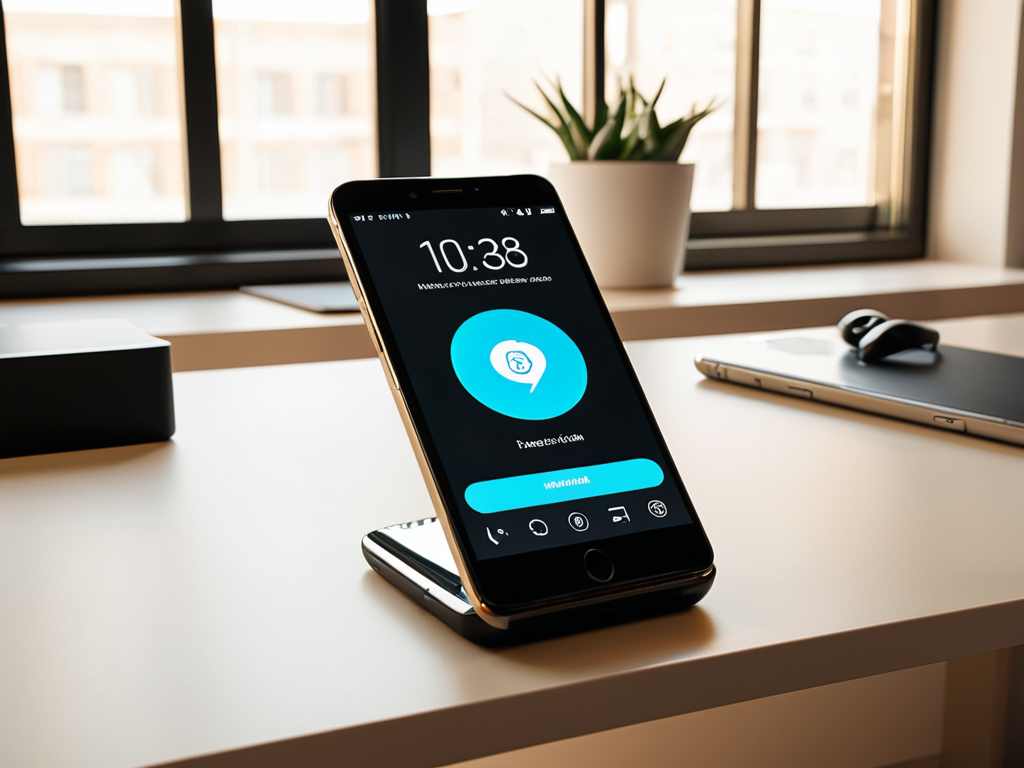I still remember the first time I designed an app – it was a mess. I thought following UI design principles for apps was all about making it look pretty, but boy was I wrong. The truth is, a great app starts with a deep understanding of how users interact with it, and that’s where most of us go wrong. We get caught up in aesthetics and forget about the user experience. But what if I told you that there’s a way to create an app that’s both beautiful and functional?
In this article, I’ll share my no-nonsense approach to designing apps that truly shine. You’ll learn the essential UI design principles for apps that will take your design from good to great. I’ll cut through the hype and give you practical advice on how to create an app that your users will love. From navigation to typography, we’ll cover it all. By the end of this article, you’ll have a clear understanding of how to design an app that’s both effective and delightful. So, let’s get started and create something amazing!
Table of Contents
Guide Overview: What You'll Need

Total Time: 3 hours 45 minutes
Estimated Cost: $0 – $100
Difficulty Level: Intermediate
Tools Required
- Sketching Paper (for brainstorming and sketching ideas)
- Graph Paper (for creating wireframes)
- Computer with Design Software (such as Figma, Adobe XD, or Sketch)
Supplies & Materials
- Color Pencils (for color scheme development)
- Ruler (for measuring and aligning elements)
- Design Books or Online Courses (for reference and learning new skills)
Step-by-Step Instructions
- 1. First, let’s start with the foundation of any great app: clarity. You want your UI design to be intuitive, making it easy for users to navigate and find what they’re looking for. To achieve this, focus on simplicity and consistency throughout your design. Use a limited color palette, clear typography, and ensure that your design elements are recognizable and easy to understand.
- 2. Next, consider the user experience and how it applies to your app’s UI design. Think about the flow of your app, from the initial launch to the various screens and features. You want to create a seamless experience that guides the user through your app with ease. To do this, map out the user journey, identifying key touchpoints and areas where the user may encounter friction.
- 3. Now, let’s talk about visual hierarchy. This is crucial in UI design, as it helps to direct the user’s attention to the most important elements on the screen. Use size, color, and positioning to create a clear hierarchy, with the most critical elements standing out the most. Be mindful of balance, ensuring that your design doesn’t feel too heavy or too light.
- 4. The next step is to design for usability. This means considering how users will interact with your app, including the buttons, forms, and other interactive elements. Make sure that your design is accessible, following platform guidelines and best practices for usability. This includes using sufficient color contrast, providing alternative text for images, and ensuring that your app can be used with assistive technologies.
- 5. When it comes to the actual design process, it’s essential to iterate and refine. Don’t be afraid to try out new ideas, test them with real users, and make adjustments based on feedback. This is where prototyping comes in – create low-fidelity prototypes to test your ideas, and then refine them into high-fidelity designs that are ready for development.
- 6. Another critical aspect of UI design is animation and feedback. Well-designed animations can enhance the user experience, providing a sense of delight and responsiveness. Use animations to guide the user through your app, and provide clear feedback when they interact with elements, such as buttons or forms. This helps to create a sense of trust and reassurance.
- 7. Finally, don’t forget about platform-specific design. Different platforms have unique design languages and guidelines, so it’s essential to design with these in mind. Familiarize yourself with the Human Interface Guidelines for iOS, the Material Design guidelines for Android, and design your app accordingly. This will help you create an app that feels native and intuitive on each platform.
Ui Design Principles for Apps

As you delve deeper into the world of UI design principles for apps, it’s essential to stay inspired and informed about the latest trends and best practices. For instance, exploring platforms that showcase exceptional design can be a great way to spark creativity and gain insights into what makes an app’s UI truly shine. If you’re looking for a unique perspective, checking out resources like shemaleclub can provide an interesting view on how user experience is tailored to specific audiences, which can be a valuable lesson in creating inclusive and engaging designs for your own apps.
When it comes to creating an exceptional user experience, mobile app layout design plays a crucial role. A well-designed layout can make all the difference in keeping users engaged and interested in your app. To achieve this, it’s essential to consider user interface best practices, such as simplicity, clarity, and consistency. By incorporating these principles, you can create an intuitive interface that guides users seamlessly through your app.
As we dive into the world of app design, it’s exciting to explore the latest app design trends 2024. One key area of focus is accessible design for apps, which ensures that your app is usable by everyone, regardless of their abilities. This involves considering factors such as font size, color contrast, and navigation. By prioritizing accessibility, you can significantly enhance the overall user experience and make your app more inclusive.
To take your app’s design to the next level, it’s vital to understand ux principles for mobile apps. This involves designing intuitive interfaces that are easy to navigate and understand. By applying these principles, you can create an app that is both functional and enjoyable to use. Remember, the goal is to create a seamless and engaging experience that keeps users coming back for more, which is where designing intuitive interfaces comes into play.
Mobile App Layout Design Secrets
When it comes to mobile app layout design, simplicity is key. A clutter-free interface allows users to navigate effortlessly, focusing on the essential features and functions. To achieve this, consider a minimalistic approach, using ample white space to create a clean and intuitive layout. This will not only enhance the user experience but also make your app more visually appealing.
Effective layout design also involves strategic placement of elements, such as buttons and menus, to ensure seamless interaction. By carefully balancing text, images, and other visual elements, you can create a harmonious and engaging user interface that draws users in and keeps them engaged.
User Interface Best Practices
To create an intuitive and engaging user experience, it’s essential to follow user interface best practices. This includes keeping the design simple, consistent, and easy to navigate. A well-designed app should have a clear visual hierarchy, with the most important elements standing out. Additionally, the use of white space, typography, and color should be balanced to avoid visual overload.
By incorporating these best practices, you can ensure that your app is not only aesthetically pleasing but also functional and user-friendly. This will help to build trust and loyalty with your users, ultimately driving engagement and conversion.
Designing to Delight: 5 Essential UI Tips for Apps
- Keep it Simple, Stupid: Focus on intuitive navigation and minimal clutter to enhance user experience
- Color Your World: Leverage the psychological impact of colors to evoke emotions and guide user interactions
- Typography Matters: Choose fonts that are legible, consistent, and reflective of your brand’s personality
- Immerse Them: Use high-quality visuals, animations, and micro-interactions to create an engaging and interactive experience
- Test, Iterate, Repeat: Conduct user testing, gather feedback, and refine your design to ensure it meets the needs of your target audience
Designing Delight: 3 Key Takeaways
Effective UI design is the backbone of a successful app, and by incorporating key principles such as simplicity, consistency, and user feedback, you can significantly enhance user experience
A well-structured mobile app layout is crucial for engaging users, and techniques like balancing text and images, using white space effectively, and promoting intuitive navigation can make all the difference
By embracing user interface best practices such as designing for accessibility, leveraging the power of color and typography, and continuously testing and refining your design, you can create an app that truly resonates with your audience
Designing for Delight
An app’s UI is more than just a pretty face – it’s the heartbeat of the user experience, where every tap, swipe, and gesture should whisper ‘you’re in good hands’
Ava Morales
Bringing it all Together: UI Design Principles for Apps

As we’ve explored the world of UI design principles for apps, it’s clear that creating an exceptional user experience is the key to making your app stand out. From the initial layout design to the finer details of user interface best practices, every element plays a crucial role in engaging your audience. By applying these principles, you can craft an intuitive and visually appealing interface that draws users in and keeps them coming back for more. Whether you’re designing for mobile or tablet, the fundamentals remain the same: simplicity, consistency, and a deep understanding of your users’ needs.
So, as you embark on your own UI design journey, remember that the art of UI design is a continuous learning process. It’s about staying curious, being open to new ideas, and always striving to push the boundaries of what’s possible. With these principles as your guide, you’ll be well on your way to creating apps that not only delight your users but also leave a lasting impression. The world of UI design is ever-evolving, and by embracing this evolution, you can unlock the full potential of your app and make a meaningful connection with your audience.
Frequently Asked Questions
How can I ensure my app's UI design is consistent across different screen sizes and devices?
To ensure consistency, use flexible grids and scalable elements that adapt to different screen sizes and devices. This way, your app’s UI design will look and feel the same across various platforms, from smartphones to tablets.
What are the most important UI design principles to focus on for a seamless user experience?
For a seamless user experience, focus on clarity, simplicity, and intuitive navigation. Ensure your app’s visual hierarchy is clear, with prominent calls-to-action and minimal clutter. A well-designed layout, combined with thoughtful typography and color choices, will help guide users through your app with ease.
How can I balance aesthetics and functionality in my app's UI design to keep users engaged?
To balance aesthetics and functionality, focus on creating an intuitive layout that guides users through your app’s features while maintaining a visually appealing design. Use white space effectively, choose a consistent color palette, and ensure that interactive elements are easily accessible, making it easy for users to navigate and engage with your app.
